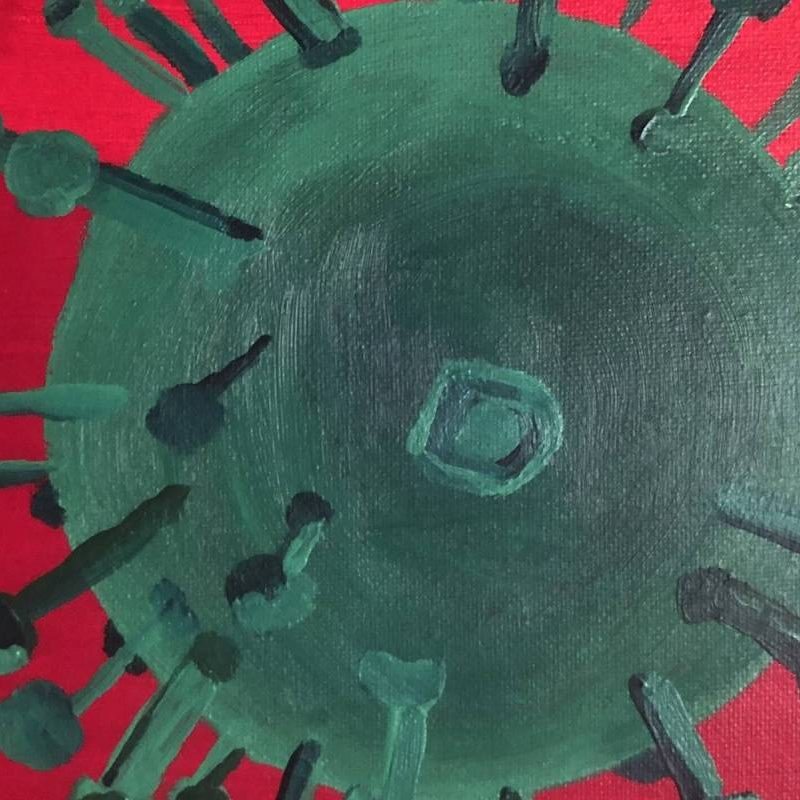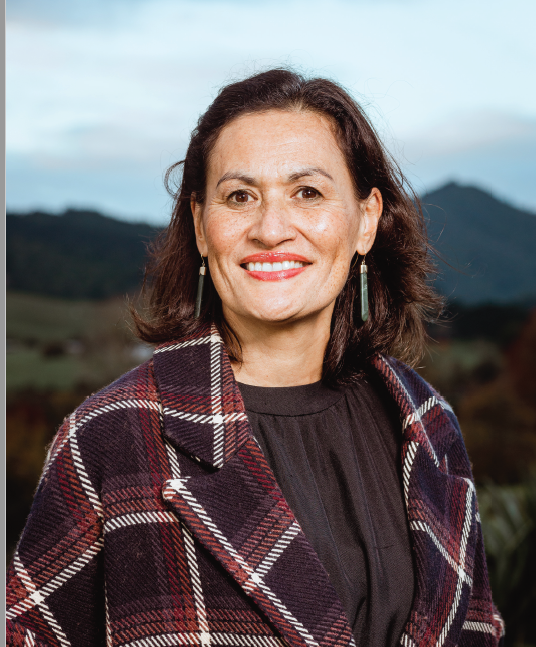The PANSOC webinar series returns!

On 20 April at 1600 CET, Courtney Heffernan, University of Alberta, will present: “Tuberculosis elimination in low prevalence settings: research and implementation.”
Courtney will talk about the implications of an unfinished pandemic (TB) on underserved populations in high-income settings; i.e. for Canada TB disproportionately affects Indigenous peoples and migrants, but strategic efforts to succeed are different for each. Among the former, snuffing out transmission and outbreaks remain paramount while for the latter expanding screening and prophylaxis to prevent reactivation is key. Determining the feasibility of screening and treating TB infection in migrants is so important to achieve elimination since the reservoirs are being replenished by imported prevalent infections. Meanwhile, Canada is setting increasingly ambitious targets for immigration (500,000 per annum by 2025, which is ~double the annual average for the last 20 yrs) with no strategic plan for TB.
Courtney Heffernan has a PhD in Medicine from the University of Alberta, and since 2010 she has been working as the manager of the Tuberculosis Program Evaluation and Research Unit there. Her work is focused on pulmonary tuberculosis, and elimination with an emphasis on transmission. She is a member of STOP TB Canada’s Steering Committee, and the CDC’s TB Trials Consortium’s Implementation and Quality Committee.
Contact jessicad@oslomet.no for a link.









